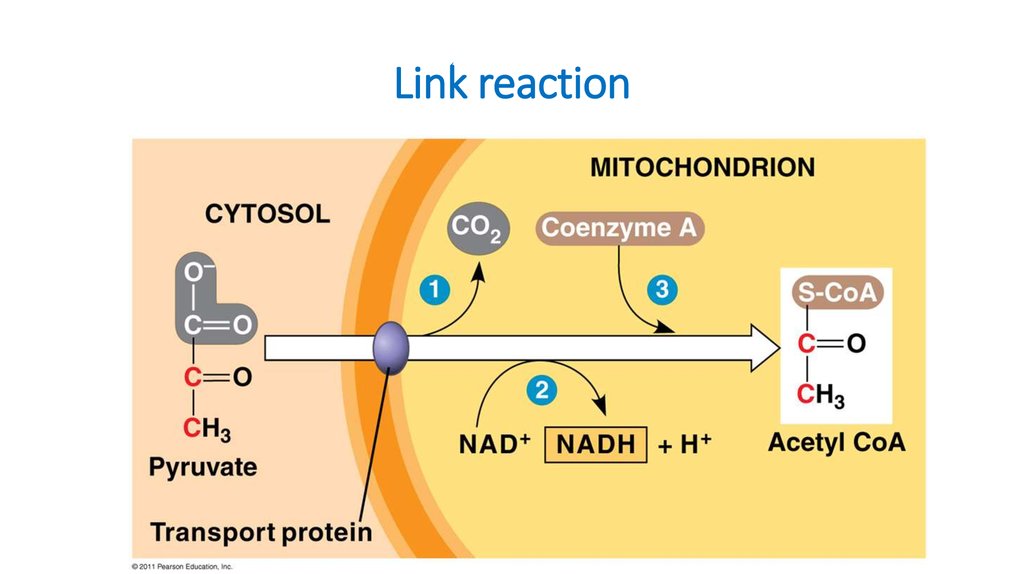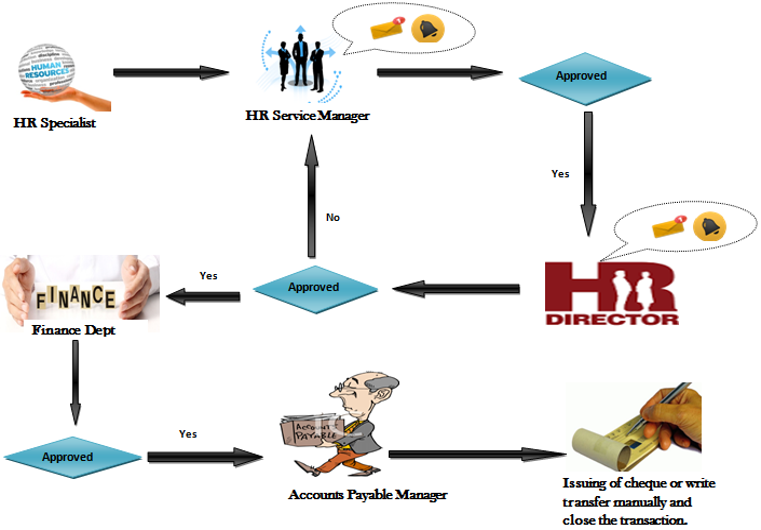
In the wake of such events, policy-makers may be pushed to provide an immediate solution, which requires giving heightened attention to the issue. Examples are natural calamities, wars, or scandals. Secondly, focusing events – sudden, relatively rare events that spark media and public attention (Birkland, 1997) – are another way to gain policy-makers’ attention. These measures may indicate that things are getting worse, and that action is needed, thus making the issue gain considerable attention. Examples are the rate of unemployment, inflation, pollution levels or criminality. Firstly, society can learn about problems through objective indicators.

PLCs can work seamlessly with Human-Machine Interface computers.Īs a recognized Rockwell Automation Solutions Partner, our control engineers have extensive knowledge in everything from PLC5 controls to innovative ControlLogix controllers.Agenda-setting scholars identify three ways through which items can reach the government’s agenda.PLCs provide easy trouble-shooting capabilities.PLCs are cost-effective for controlling complex systems.A PLC’s flexibility makes it easy to modify control logic at any time.PLCs can perform relay-switching tasks, as well as count, calculate, and compare analog process values.Since PLCs are sectional, they can be mixed and matched, so you can choose the best combination of input and output devices for your specific operation.PLC devices increase the functionality of controls and do not take up much physical space.PLCs eliminate the need for rewiring and adding additional hardware for each new logical configuration.It is generally a separate device, like a PC, that is loaded with Human Machine Interface Software. Operating station: An operating station is used to provide an “operating window” to the PLC process.

Programming deviceĬPU cards can be connected with programming devices through a communication link via a programming port on the CPU. A PLC knows the real status of field devices and controls them with relevant I/O cards. I/O modules act as the Real Data Interface between field and CPU. It executes the control program after reading field input status, then sends out commands to field outputs. The Central Processing Unit, or main processor, is a microprocessor-based system. What are the fundamentals of a PLC system? CPU or processor What are input/output devices? Input DeviceĪn input device is a piece of computer hardware equipment used to provide data, and control signals to an information processing system (IPS).Īn output device is any piece of hardware used to communicate the results of data processing carried out by an IPS, and translate the information into an understandable form.

Housekeeping: This includes communications with programming terminals and internal diagnostics.Output Scan: Either energizes or de-energizes all connected output devices.Program Scan: Implements the user-created program logic.Input Scan: Identifies the status of all input devices that are connected to the PLC.There are four basic operational steps for every PLC device: PLCs enable operation processes to be changed or replicated, while simultaneously collecting and communicating important information. Integrating a PLC device into any production line or mechanical process is highly beneficial. They can withstand various temperature ranges, electrical noises, vibrations, and impacts. PLC control systems are designed for multiple input and output arrangements. What do amusement park rides, factory assembly lines, and light fixtures have in common? They are all controlled by Programmable Logic Controllers, also called a PLC, a digital computer used to control machinery by constantly monitoring input and output devices. The Fundamental Basics of a Programmable Logic Controller, Also Known as PLC


 0 kommentar(er)
0 kommentar(er)
